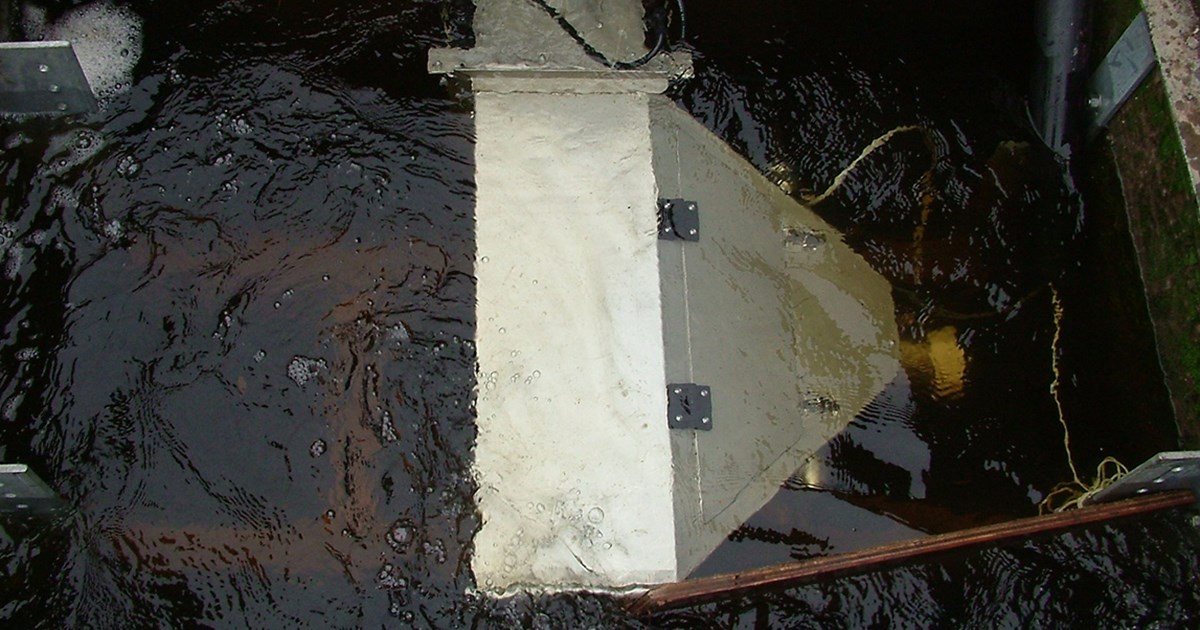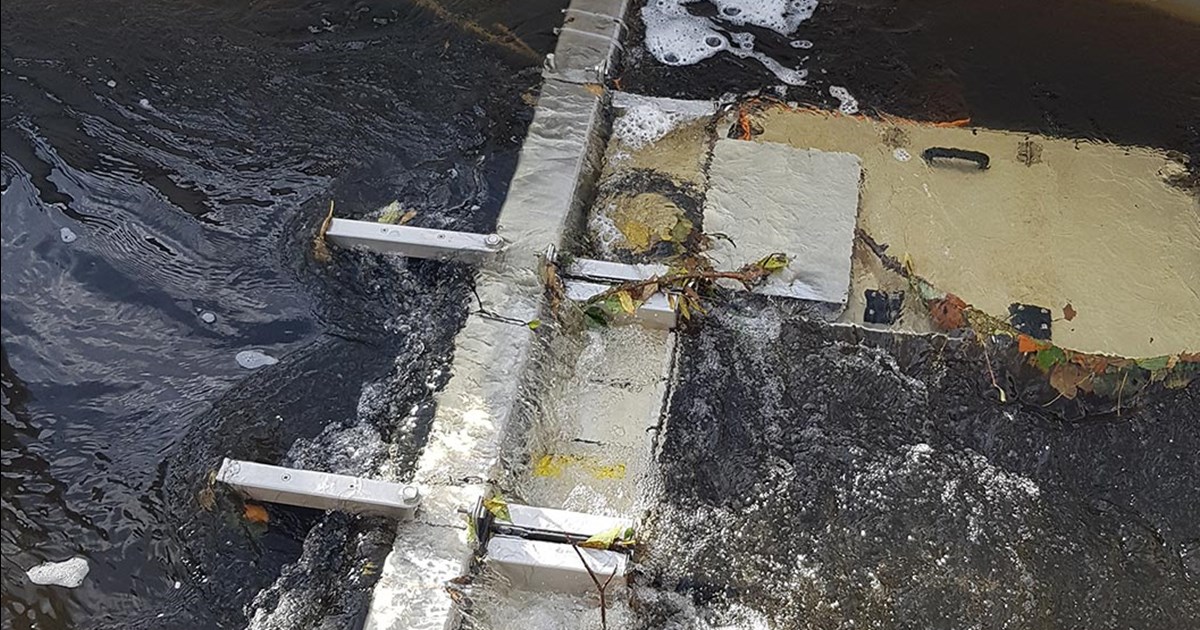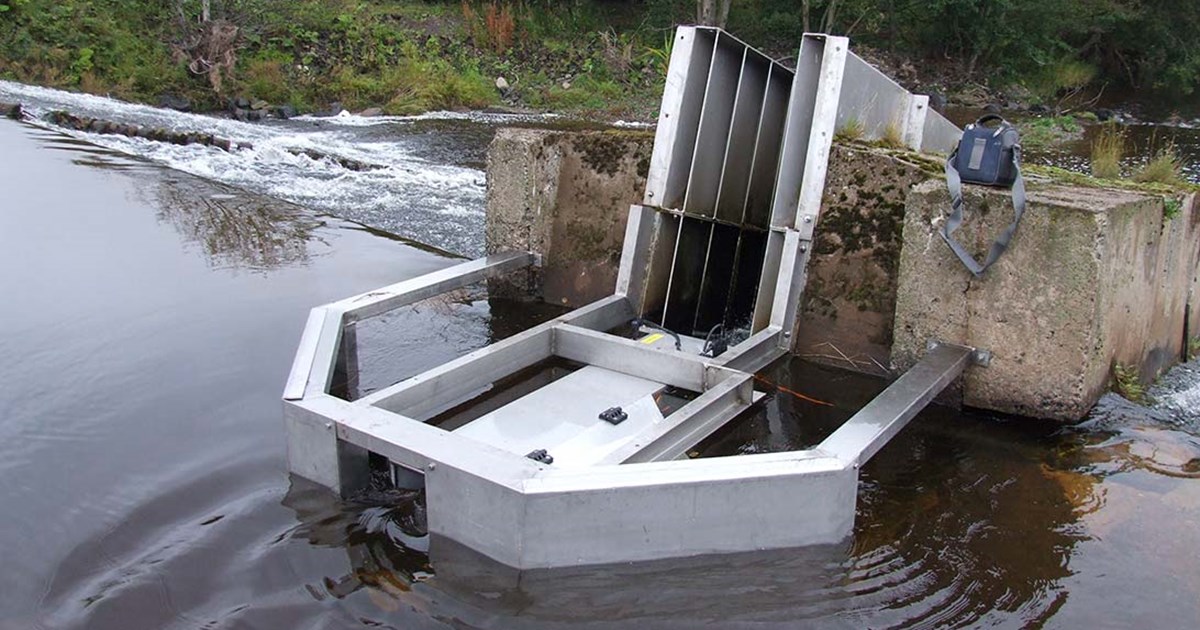Fish Counters
The most basic objective of fisheries management is to make sure enough adults return to spawn and fully seed their nursery areas for the next generation. This is best known if the returning fish of each species and stock can be counted and egg deposition estimated. The Tweed Foundation run fish counters on the Ettrick, the Gala and the Whiteadder, producing data on the run times, size distributions and the numbers of Salmon and Trout (Sea Trout and Brownies) returning to the Tweed catchment to spawn.
Each of the three counters has an infrared scanner to estimate the length of each fish and a camera for species identification and counter validation. This enables us to estimate the number of Salmon and Trout that return to the tributaries each year and record the length of each fish which are used to estimate total egg deposition. The fish counters are therefore invaluable for providing objective monitoring of Salmon and Trout stocks throughout the Tweed catchment.
Gala Fish Counter
The Gala fish counter is located within the fish pass at the Gala Skinworks Cauld in Galashiels. The counter was installed in 2008 and has been recording the numbers of fish returning to the Gala ever since. In 2020, a new camera was installed in the counter, enabling us to get much clearer video footage of fish (and the occasional otter).


Ettrick Fish Counter
The Ettrick fish counter was installed in 1998 at the Murray Cauld at Philiphaugh, near Selkirk. After a period of inoperation from 2010 to 2017 (due to the deterioration of the cauld and its subsequent reconstruction), a replacement counter with three double height scanners was installed at the top of a new fish pass in 2018. This data is important in helping us to monitor the Ettrick Spring Salmon population.
Whiteadder Fish Counter
The Whiteadder counter is located in the Denil fish pass on the cauld next to the factory at Ahlstrom-Munksjo, Chirnside. The counter does not provide a total count as fish are still able to ascend the cauld face, but the data still provides a good indication of run-timing and sizes of fish returning to the Whiteadder each year.
